How to Get that Old-school Sampler Sound
Get a classic sampler sound with hardware and software.
So many of our favourite records rely on the old-school sampler sound. Whether you’re trying to sample old RnB records for authentic disco strings, or searching for the ultimate drum breaks. There is some method involved in capturing the magic of this now antiquated process, so let’s get into it. We’ll discuss all things sampling and how to go about replicating the sound of the classic samplers of the past.
In this Article:
Over the years, the evolution of digital sampling technology has played a significant role in every musical era. In the early to mid-1980s we see high-end samplers transform from Synclavier to CMI, to the famous E-mu Systems Emulator.
At first, using samplers like these required specialized programmers to add them to the workflow. Some of the top engineers, arrangers, and producers like Simon Franglen broke into the industry doing Synclavier and CMI programming on some of the biggest records and films.
How to Get that Old-school Sampler Sound: The Evolution of Sampling
However, it wasn’t until samplers became more accessible and added drum pads into the design that the concept really took off. Roger Linn‘s revolutionary approach to instrument design rocked the industry with the Linndrum, before turning his attention to a complete sequencing sampling workstation. Meanwhile, Dave Rossum was taking similar steps in making E-mu designs more exciting.
The results, from the mid to late 1980s were some of the most influential instruments ever built: The E-mu SP-1200 and the AKAI MPC-60. They would go on to shape the sound and the creation process of music to come. The gritty and upfront sound combined with an intuitive interface makes these samplers still highly sought after to this day.
How to Get that Old-school Sampler Sound: Choose Your Weapons
No matter your budget, there are options to achieve good results with both hardware and software. It’s important to remember that creativity isn’t a linear process, so choose something both inspiring and relevant to your production workflow. While buying a vintage SP-1200 or an MPC-60 may do wonders for your self-esteem, it’s hard to justify that level of expense on one simple tool.
So let’s put the credit card away for now, and look at some different options to suit your studio setup. While software will get you the sound almost instantly, hardware is often more inspiring to use and the decent gear retains its resale value. Let’s take a look at what’s available and how best to go about incorporating it into your setup.
How to Get that Old-school Sampler Sound: Vintage Sampler Plug-ins
For starters, every DAW on the market has a native sampler plug-in. When you add bit reduction to it with the right setting, you can get that gritty, slightly degraded sound. Sample degradation will also come into play when you pitch things up or down, although pitching down usually sounds better. The Linndrum had this capability and was famously used by Prince on songs such as Kiss and When Doves Cry.
Arturia Emulator II V
The Emulator II V is Arturia’s software recreation of the famous E-mu Emulator II digital sampler. What made the Emulator II so special was the combination of its Lo-Fi sampling engine and the analogue filter board.
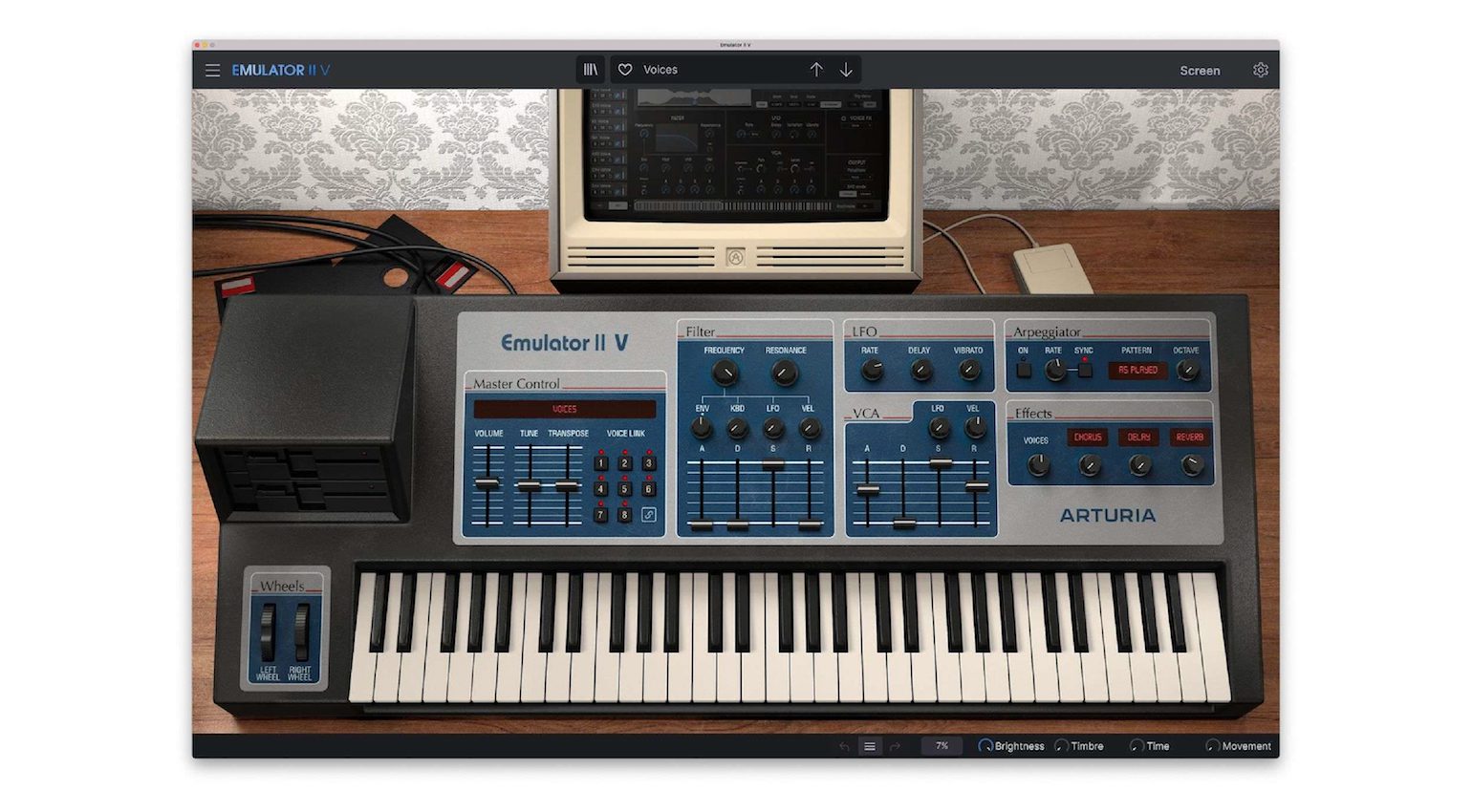
Arturia has meticulously modeled each distinctive aspect of this iconic 80s beast and even includes a sample editor that looks like an old Apple II interface. Overall, it’s a great-sounding plug-in, if your goal is to sound like the Pet Shop Boys.
- More from Arturia
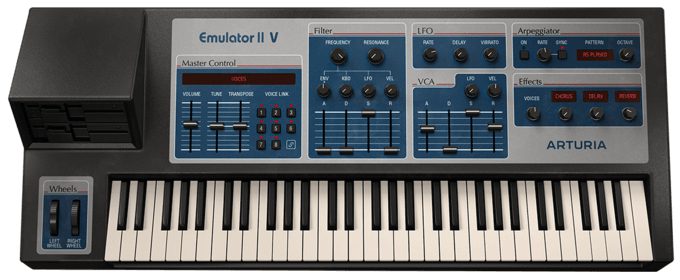
Togu Audio Line TAL-Sampler
Rather than being modeled on one specific instrument, the TAL-Sampler plug-in captures an era of digital sampling. It brings together some of the most desirable aspects of sampling in a simple modular interface.
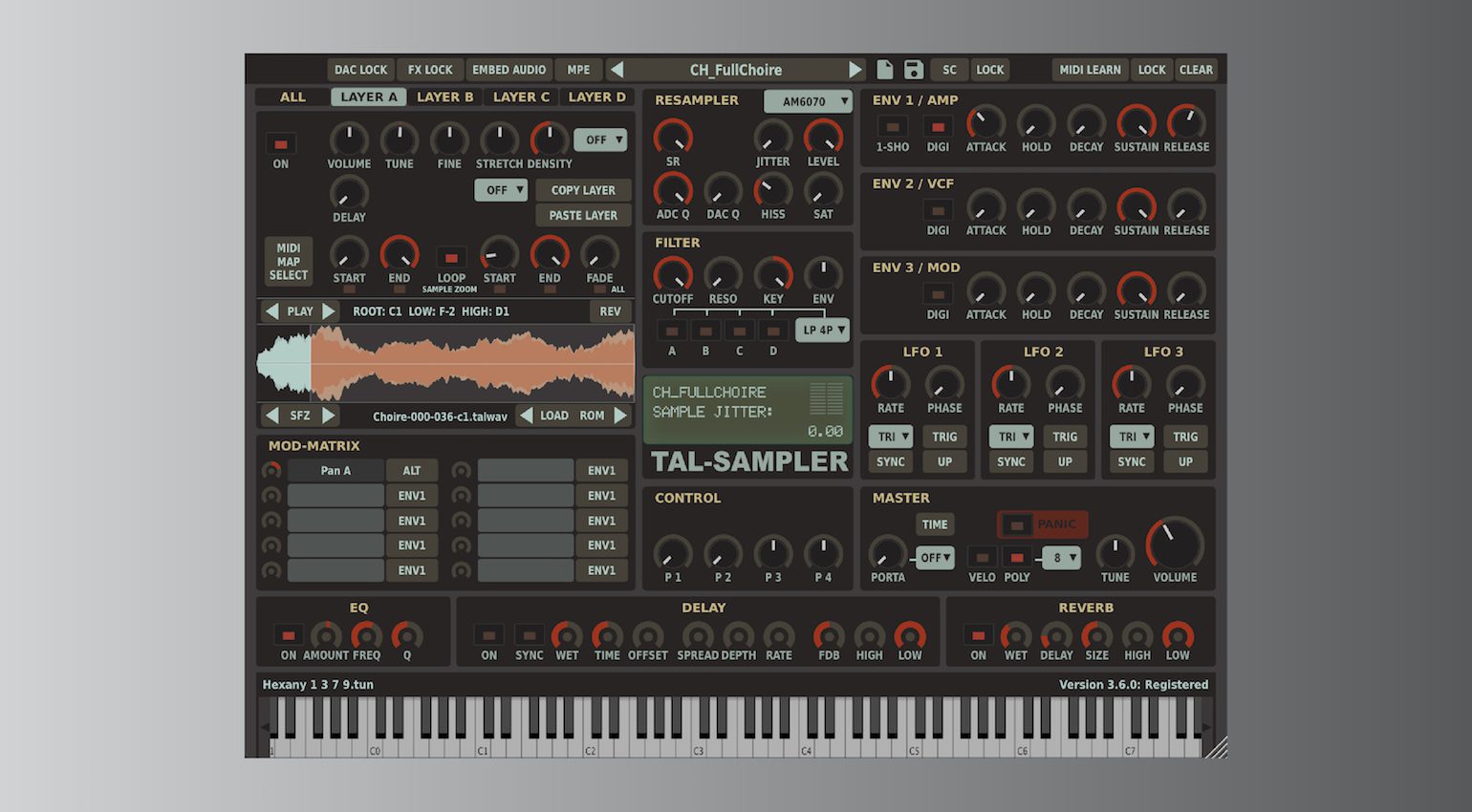
With 3 envelopes, assignable macros, and an extensive modulation section you have plenty of creative power. The filter works globally by default, but each of the 4 sample layers can be routed through the filter or bypassed. Without a doubt, one of the best old-school sampler plug-ins available.
- More from Togu Audio Line
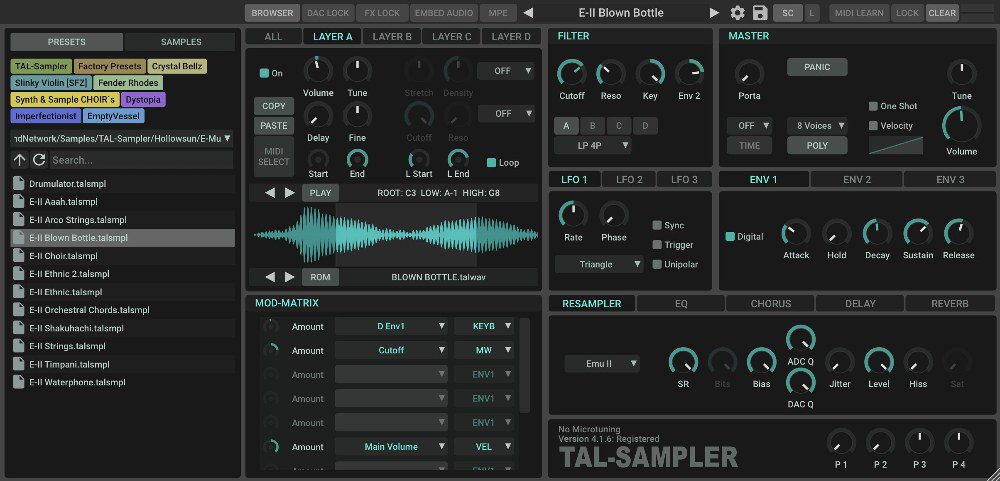
More Old-school Sampler Plug-ins:
- Arturia CMI V
- UVI Emulation II+
How to Get that Old-school Sampler Sound: DAC Modeling/Bit Reduction Effects Plug-ins
So maybe you’re happy with your current sampler plug-in, or even your native DAW sampler. Getting the old-school sampler sound doesn’t mean you have to learn a new interface or navigate new soundbanks. Instead, you can use a DAC modeling or reduction effects plug-in to process the output of your sampler and… Viola! Instant old-school.
D-16 Group Decimort 2
Decimort 2 is a sophisticated Lo-Fi processor from D-16. As an insert, it’s capable of recreating the AD/DA stages of a wide range of classic samplers and digital drum machines. However, when you delve beyond the presets there is a huge amount of additional tonal control at your disposal.
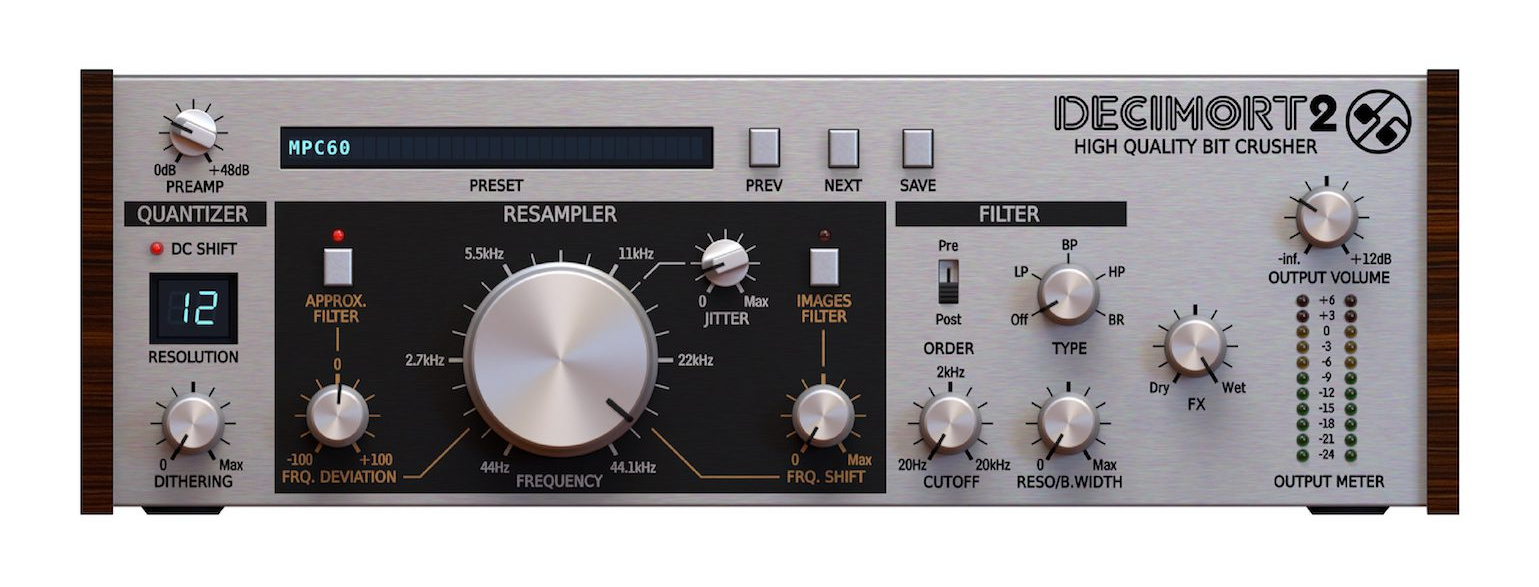
In particular, this is extremely useful for controlling any harsh high frequencies that occur when downsampling audio. Overall, its design is extremely thorough and includes features like a multimode filter and mix control for more subtle applications.
- More from D16 Group

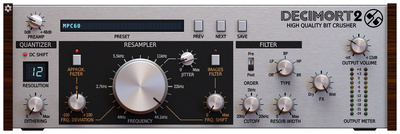
Togu Audio Line TAL-DAC
Built from the resampling section of the TAL-Sampler, the TAL-DAC emulates the process of recording digital audio at low sample rates. The controls are split into two sections, one for the AD and DA conversion stages respectively.
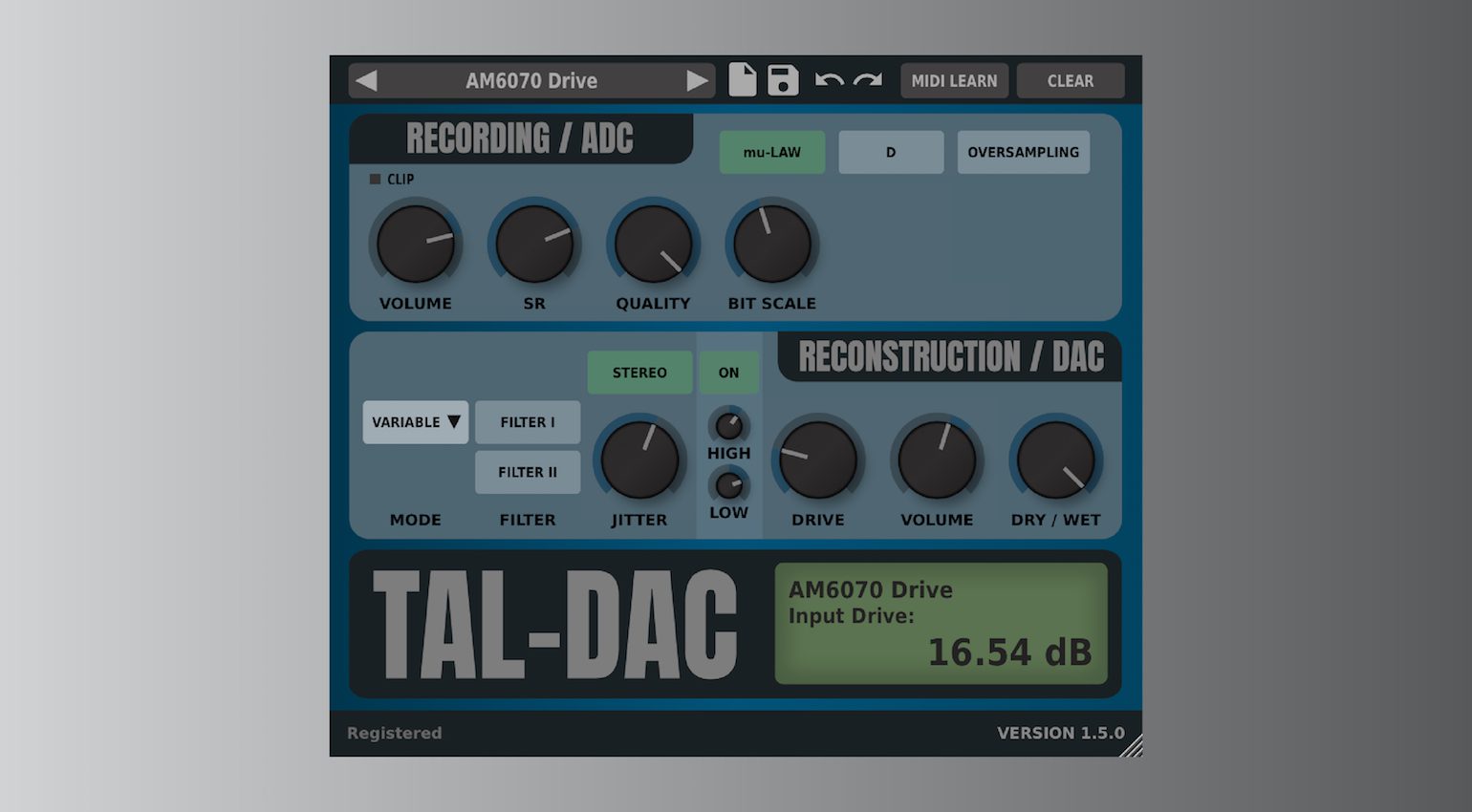
This plug-in mimics the sonic characteristics of old-school samplers and it’s particularly useful for getting the gritty drum sounds we associate with Hip-Hop and House from the late 80s and early 90s. The TAL-DAC may appear rather limited, but it certainly sounds authentic.
- More from Togu Audio Line
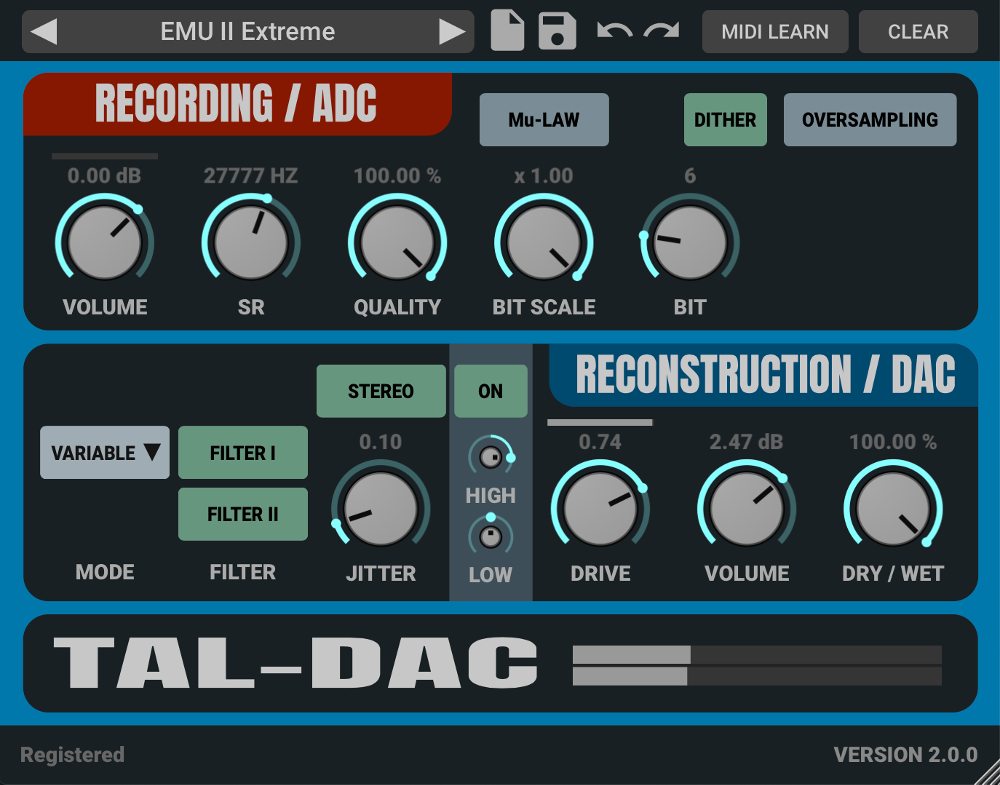
More Bit Reduction Effects Plug-ins:
How to Get that Old-school Sampler Sound: Hardware Samplers
As instruments for studio or stage, hardware samplers range from simple drum machine-like sequencers to complete production workstations and everything in between. Some are modeled on the functionality of the classics, while others aim to innovate and provide a new creative approach. Investing in hardware can be costly, so be sure to research and select something that suits your production workflow.
Sonicware LIVEN LoFi-12 and LoFi-12 XT
If you want an old-school sampler with old-school sound and sensibility, Sonicware has some great options that capture the magic of sampling without the monster price tags of vintage gear.
With the entry-level LIVEN LoFi-12, you get a basic 12kHz/24kHz sampler with 16-bit and 12-bit modes and a 4-track sequencer. What’s more, there are 11 channel effects and 8 master effects to help you get that authentic old-school sampler sound.
Meanwhile, the more recently introduced LoFi-12 XT expands on this feature set with up to 40 seconds of sample time per sample, 20-voice polyphony, and an 8-track sequencer.
- More from Sonicware

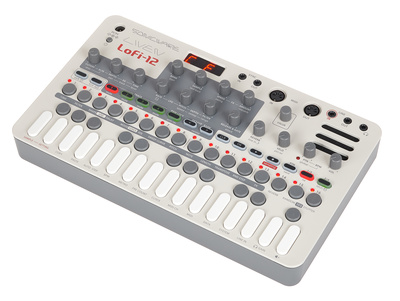

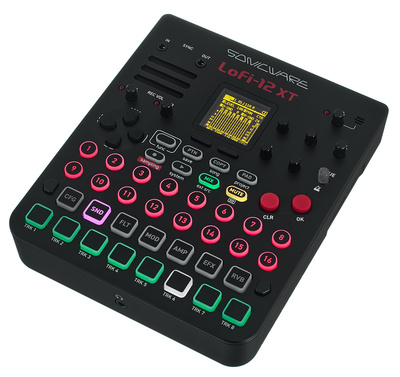

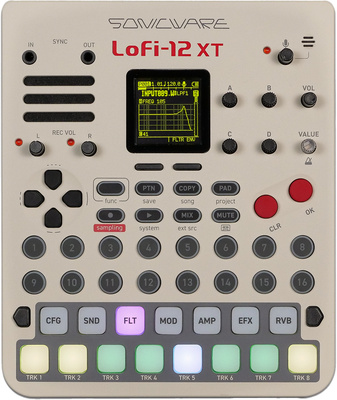
Elektron Digitakt II
The Elektron Digitakt II is one of the most versatile samplers available. Combining an intuitive sampling interface with a powerful sequencer, it checks all the boxes for most styles of music. What makes it even more desirable is its compatibility with other hardware.
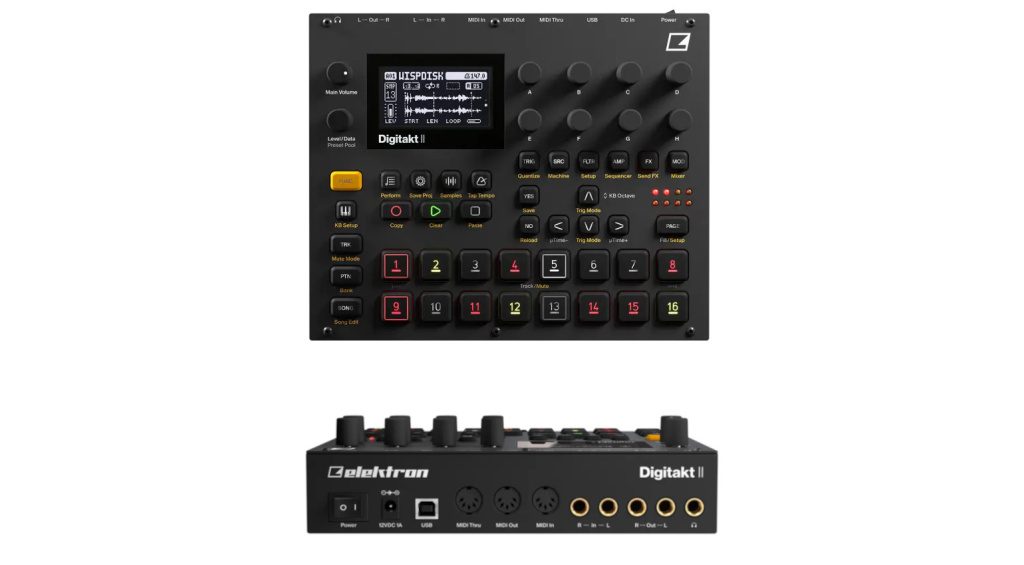
Clock sync via MIDI thru and Din sync work independently, and the Digitakt also supports Elektron Overbridge. It might be more than you want to spend on a simple sampler, but this could easily become the central point of your music creation setup regardless of whether you combine it with other gear or not.
- More from Elektron

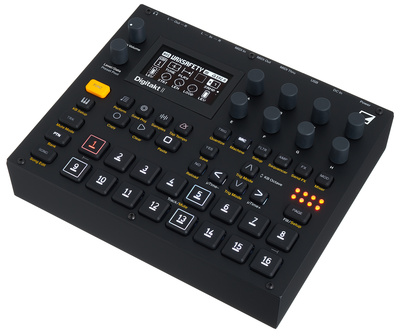
1010music BlackBox
It’s not an old-school sampler per se, but the almost pocket-sized BlackBox is a touchscreen-operated sampling powerhouse. It might not ship with a huge stock sound library, but it has multisampling, granular sampling, and even polyphonic sampling capabilities. If you look at the connectivity options on the rear panel, you can immediately get the sense that it’s a newer generation device.
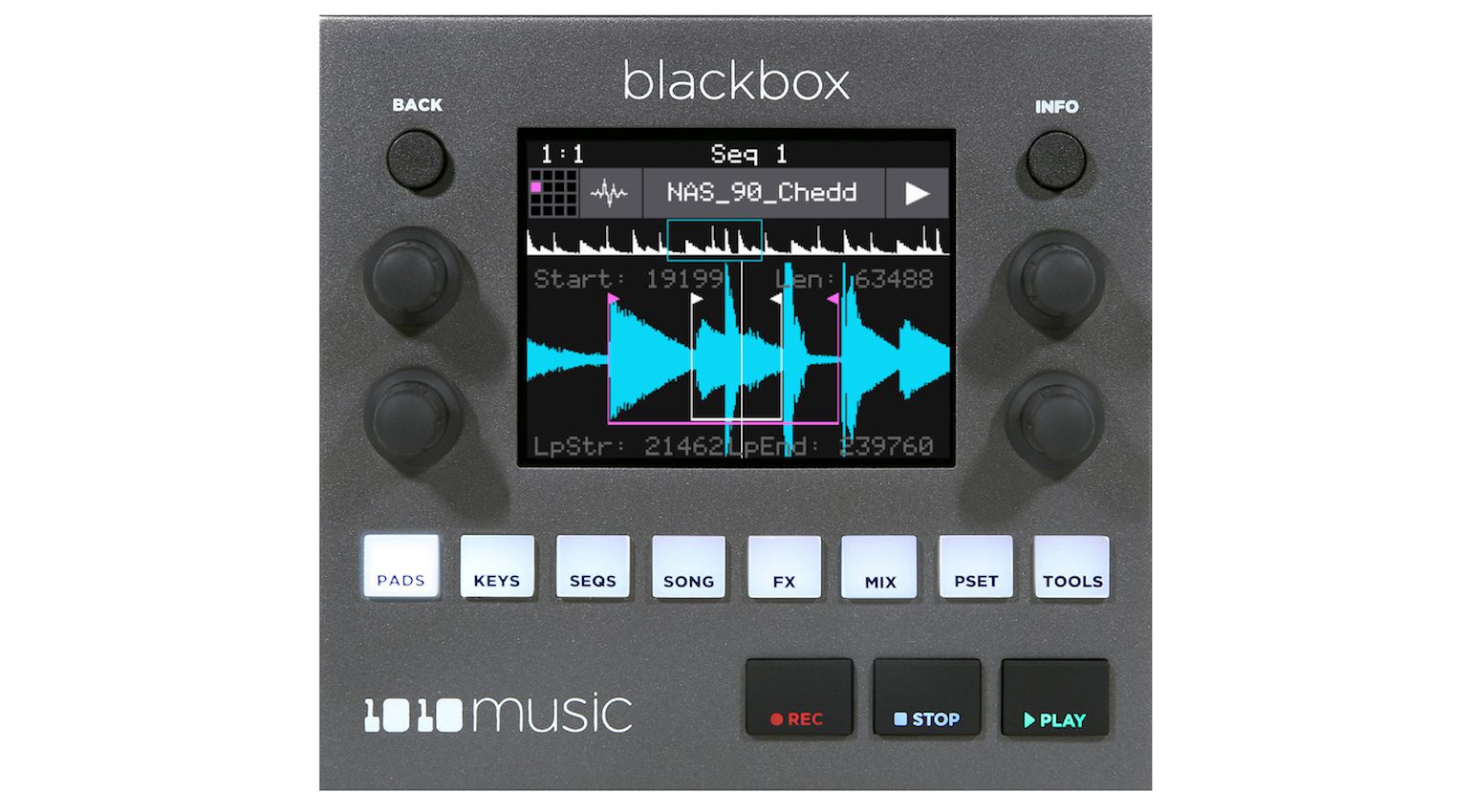
The BlackBox is not only bus-powered, but it works directly from a portable power bank. So although it is small in stature, its endless creative features more than justify the price tag. In addition, it’s an amazing live instrument and a great way to take a break from your DAW.
- More from 1010 Music

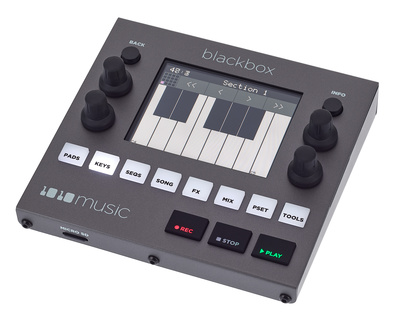
More hardware samplers:
How to Get that Old-school Sampler Sound: Bit Reduction Hardware Effects
So you already own a hardware sampler, but the built-in effects just don’t cut it – or worse, there aren’t any effects at all. Bit reduction hardware effects can easily give you the sound you’re looking for, but they have so many other sonic possibilities too. Remember that music is also about creative freedom.
Achieving old-school sampler characteristics is one of many avenues you can go. So be sure to consider the extent of the sounds you can create, rather than getting something that limits your setup with a single purpose.
Meris Ottobit
The Ottobit 500-series processor and its Ottobit Jr. stompbox counterpart are incredibly creative bit reduction effects. As with most Meris products, the sound quality they produce is extremely clean and rich with the high-end analogue signal path, 24-bit AD/DA, and 32-bit floating-point DSP engine.
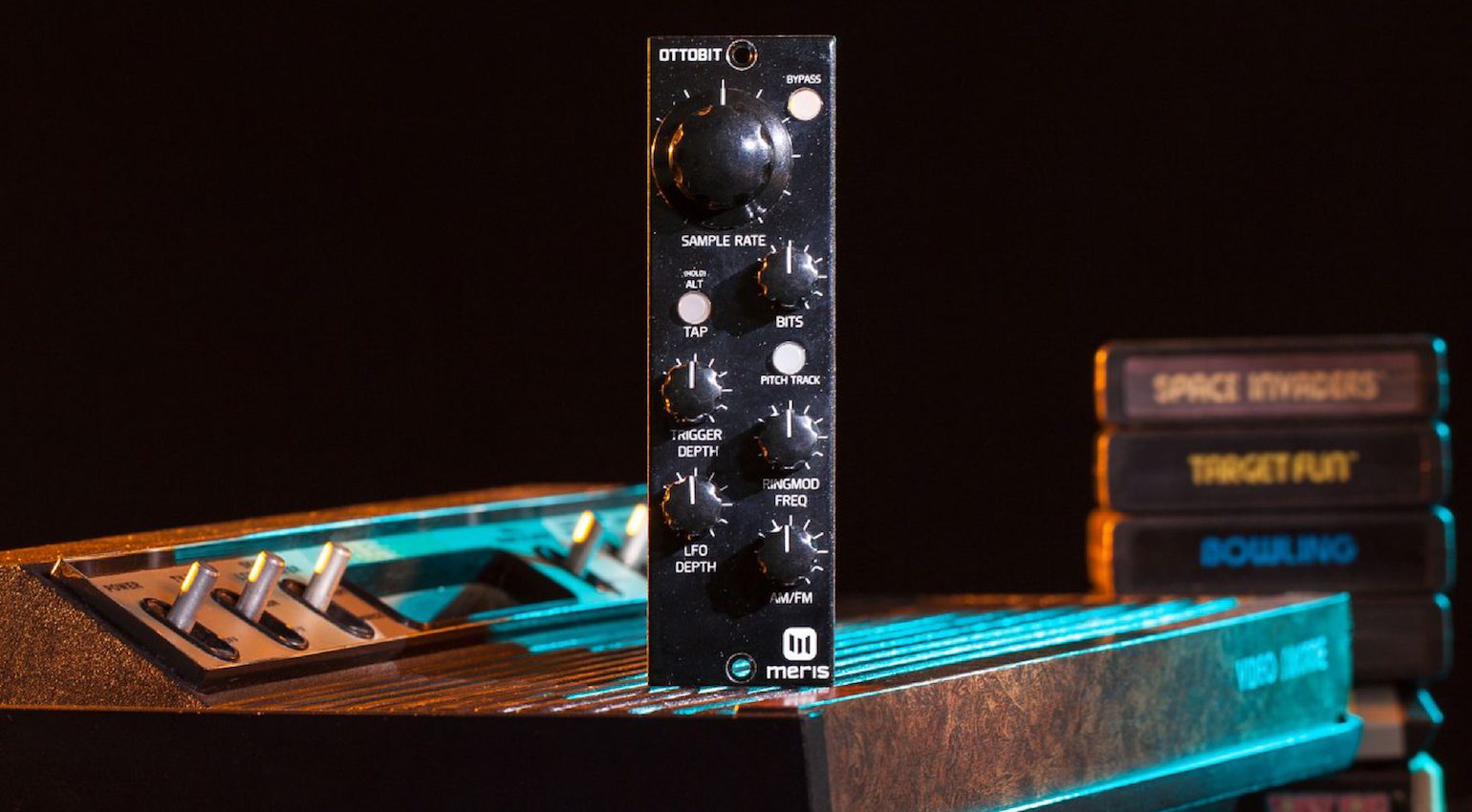
The Ottobit’s sample rate and bit reduction controls have a huge range with plenty of tonal variety to dial in. What’s more, there are time-based rhythmic features that make it useful on almost any instrument.
- More from Meris

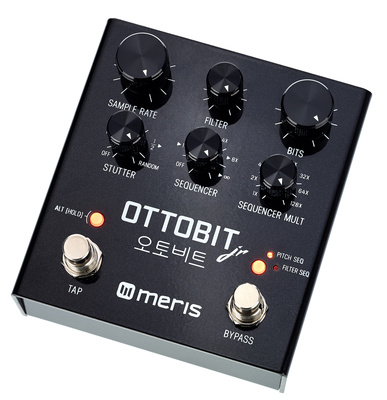
Red Panda Bitmap 2
With the Bitmap V2 bit reduction pedal, you also have a wide degree of control over both sample rate and bit depth. In addition, it’s adept at maintaining the integrity of transients so you’ll get great results processing your drums.
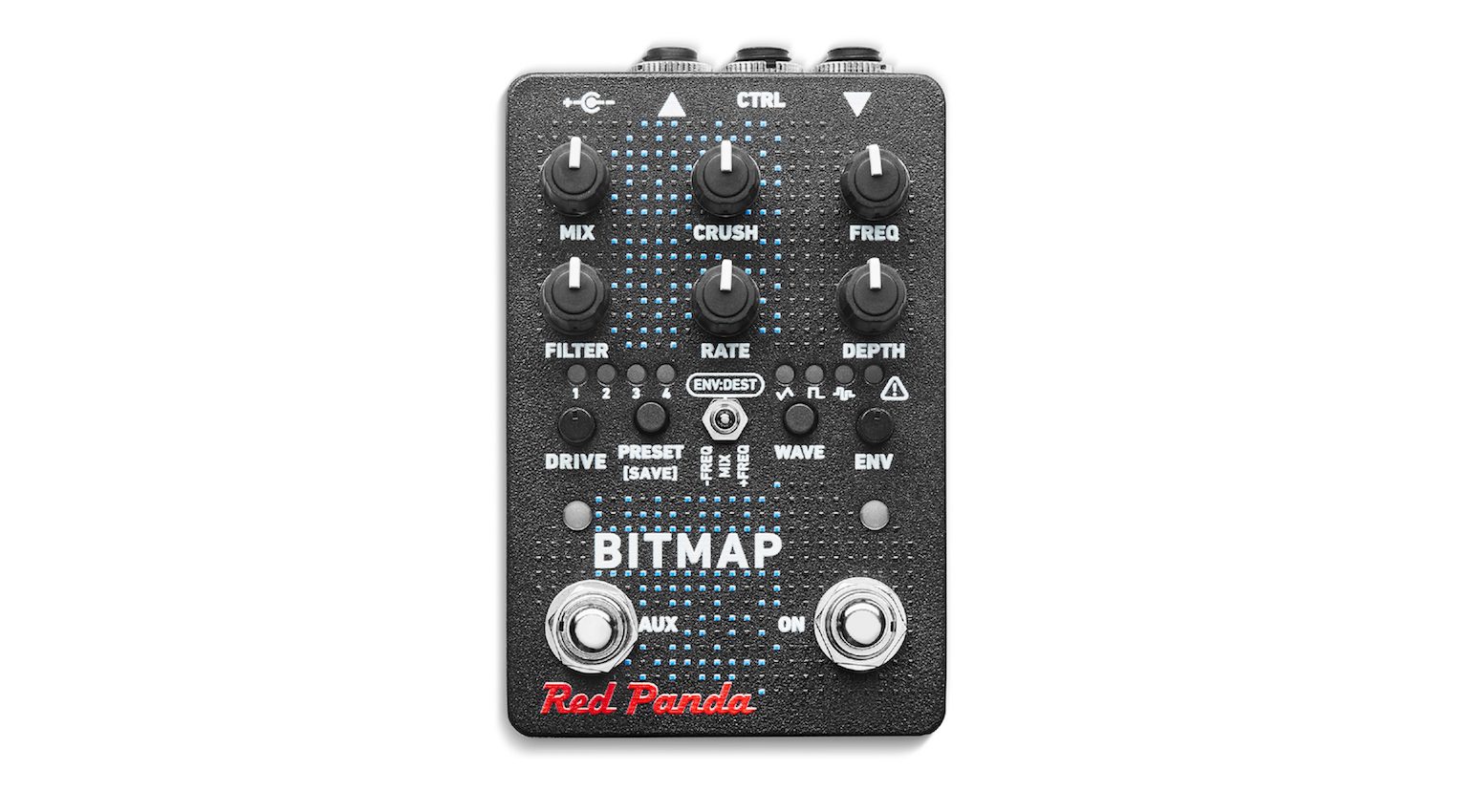
To make things more interesting, the Bitmap V2 has an envelope that can either be routed to the mix amount or the sample rate frequency. Also, there is sample rate modulation with three different waveforms and a LP filter to clean up any unwanted highs.
- More from Red Panda

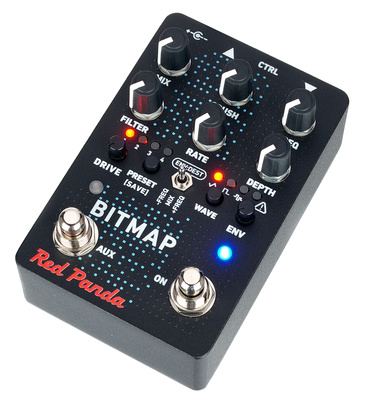
More Bit Reduction Hardware:
- Electro Harmonix Mainframe
- Mooer Lofi Machine
More about Old-school Samplers:
- All about samplers
- Everything vintage
- Restoring on old Emulator II
- Wavetracing SP950 web app
*Note: This Old-school Sampler article contains promotional links that help us fund our site. Don’t worry: the price for you always stays the same! If you buy something through these links, we will receive a small commission. Thank you for your support!
3 responses to “How to Get that Old-school Sampler Sound”

 3,4 / 5,0 |
3,4 / 5,0 | 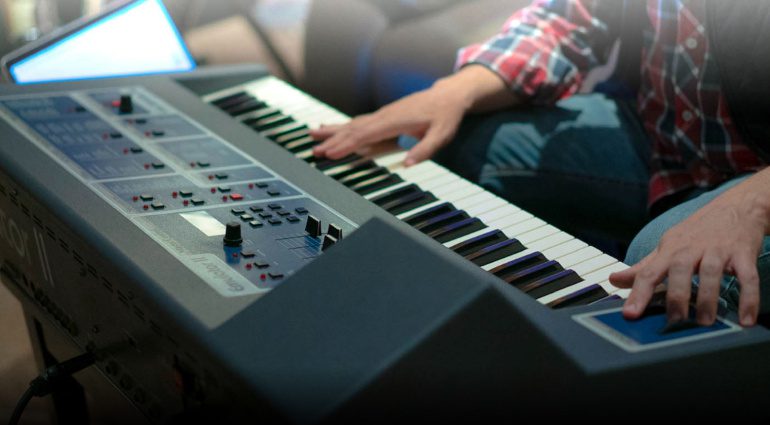



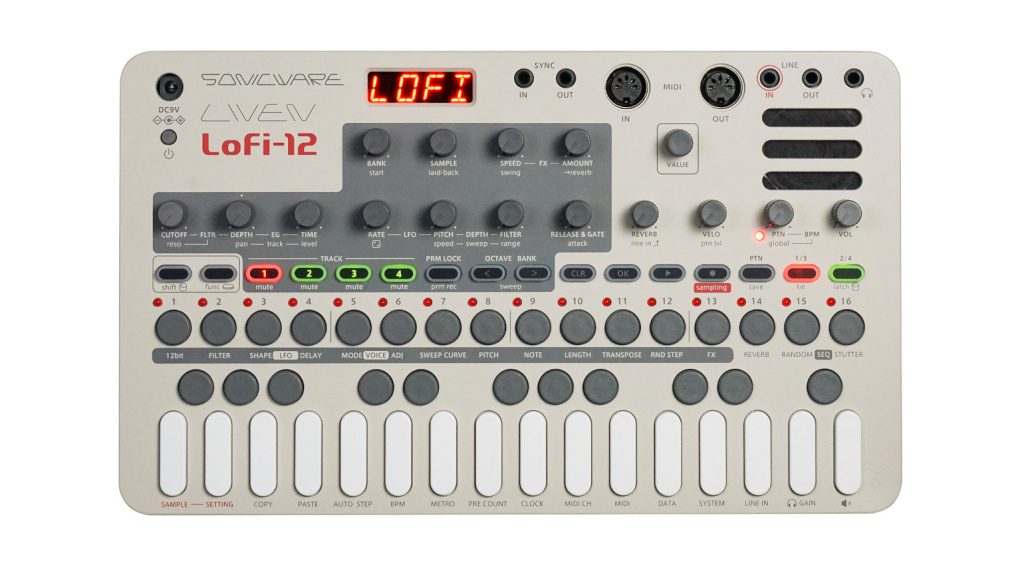
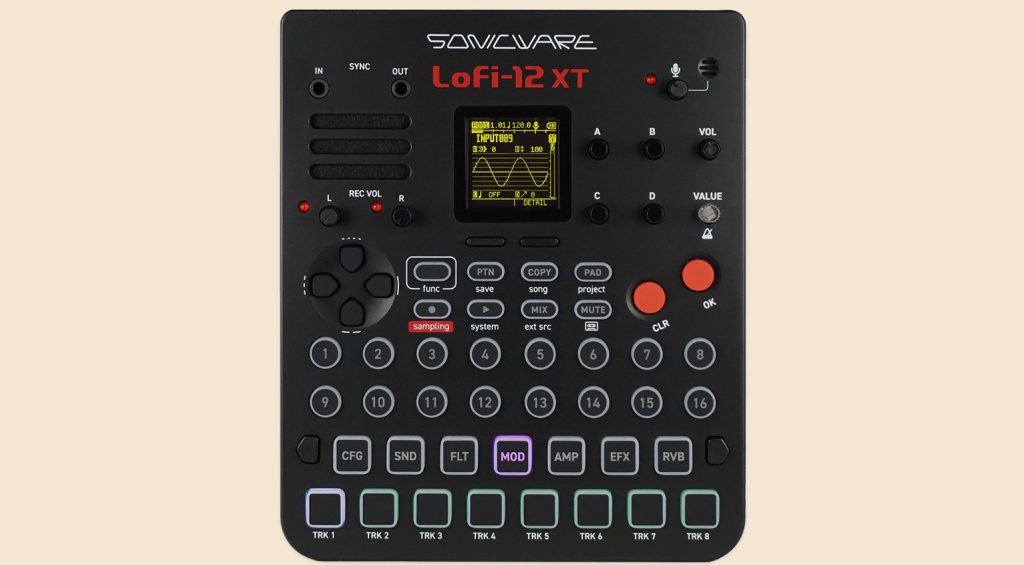
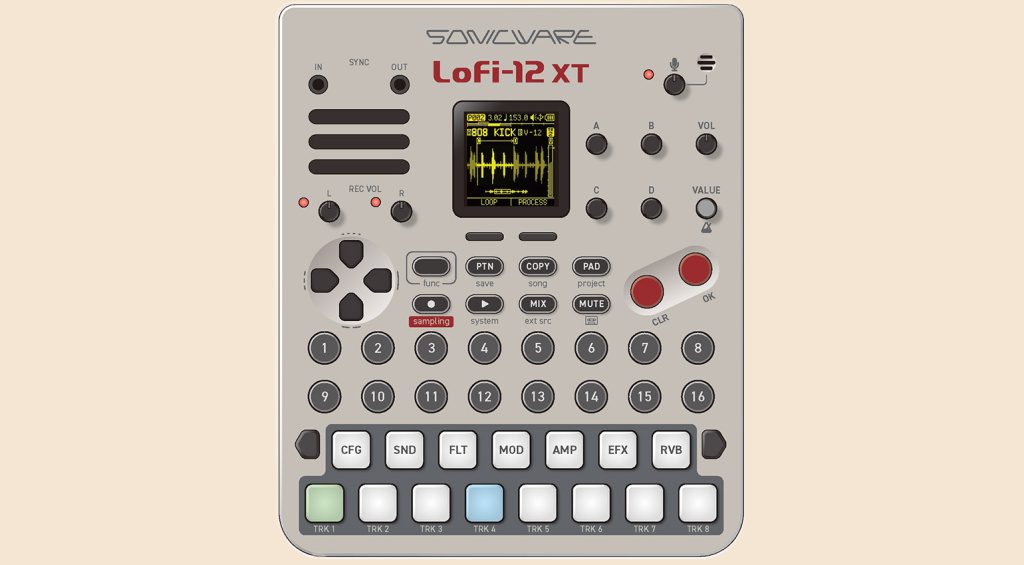


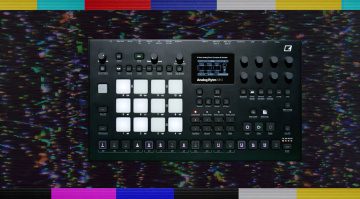
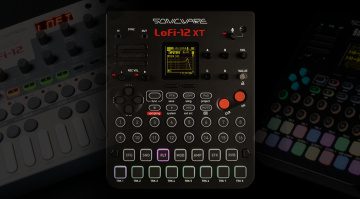
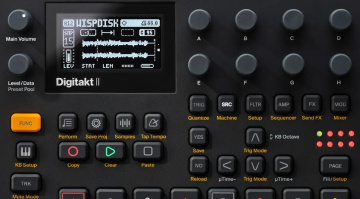
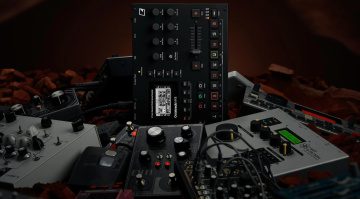

Where can I buy a Roland DJ 70 and dj70 mk11
Those are extremely rare… I’d maybe look for an old Ensoniq instead?
What, no mention of Sonicware LIVEN LoFi 12? I mean old school flavour sampling on a budget right there